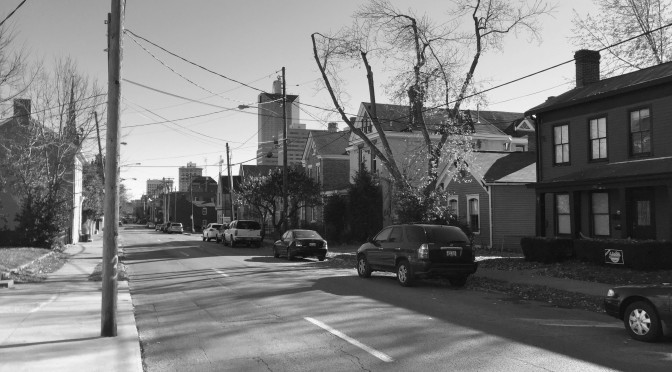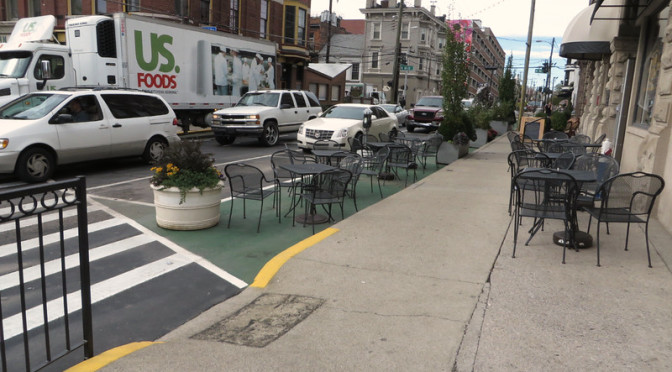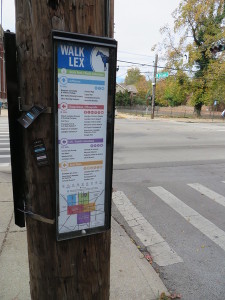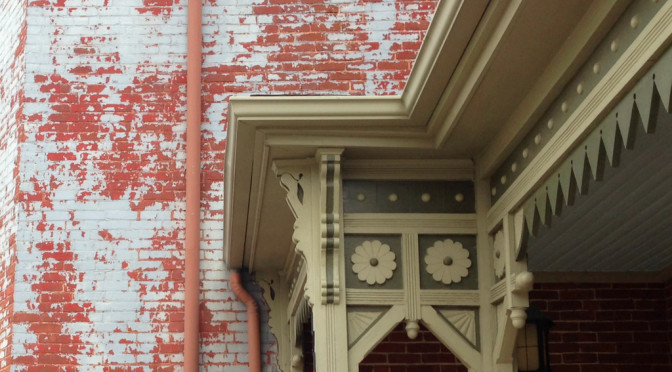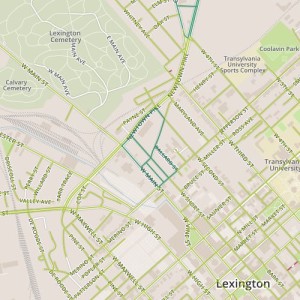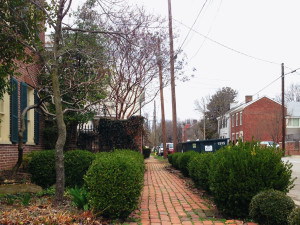This route covers a portion of the Northside area, and much like the recent excursion through Gratz Park, there is plenty of history here and I’ll leave that for people who can speak to it more eloquently. It’s enough for me to feel the weight of hundreds of years, to sense the tremendous change these areas have witnessed.
Relative to that change, there were two amazing things to me. One is that I walked past houses, restaurants, schools, churches, cultural institutions. And this was, relatively speaking, a short walk. In many newer neighborhoods, I can take a longer walk and not pass anything but single-family houses. Some of this is certainly the impact of cars but certainly some of this is inevitable as a city grows. I sense that larger cities have more gravity, too. This seems to be in evidence somewhat as the activity level drops off noticeably between Short and Second street.
